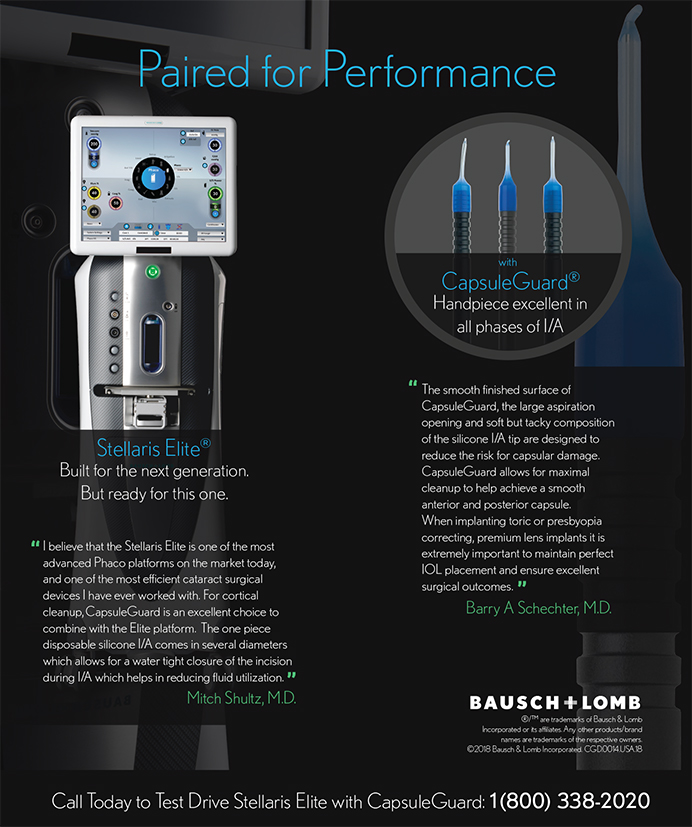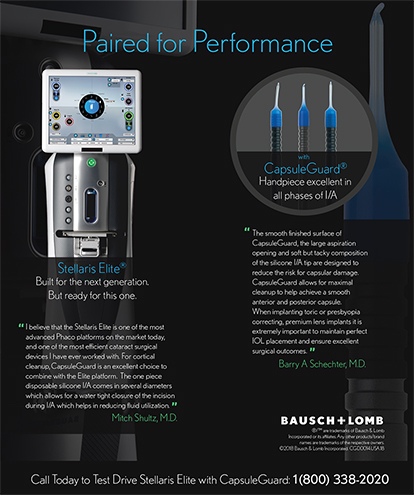Good communication is key to the foundation of any functional relationship, including those between ODs and MDs. Generally speaking, MDs may be hesitant to bring up sensitive topics with their referring ODs for fear of upsetting a valuable relationship. While this may be a reasonable consideration, it does not allow progress and growth. Conversely, ODs may avoid certain conversations with their comanaging MDs for fear of losing control of the patient decision-making process or, even worse, not being involved as a member of the care team. As a result, in either scenario there is the potential for challenging but necessary issues to be missed or ignored in the chain of communication.
However, by clearing the air and breaking down communication barriers, ODs and MDs alike can not only help boost their desirability as comanagement partners—their comanagement appeal, so to speak—but also move the field of eye care in a positive direction. The article “Avoiding Communication Breakdown,” by Mark Kontos, MD, and Casey Claypool, OD, in this issue’s CollaborativeEYE section demonstrates this perfectly. Drs. Kontos and Claypool explain how the patient loses out when MDs and ODs don’t communicate effectively.
Other ways to boost your comanagement appeal include being up to date with your diagnostic equipment (“How to Stay Current,” by Chris Wroten, OD) and having solid glaucoma identification skills (“Glaucoma Suspect or Glaucoma Patient?,” by Ahmad M. Fahmy, OD, FAAO, Dipl ABO).
Good communication skills, up-to-date diagnostic tools, and the ability to diagnose chronic disease all play important roles in allowing clinicians to collaborate in the care of patients while all being on the same page. These elements also give patients confidence in their care team, which is why it behooves optometrists and ophthalmologists alike to make an effort to stay sharp and ahead of the curve in each area.





